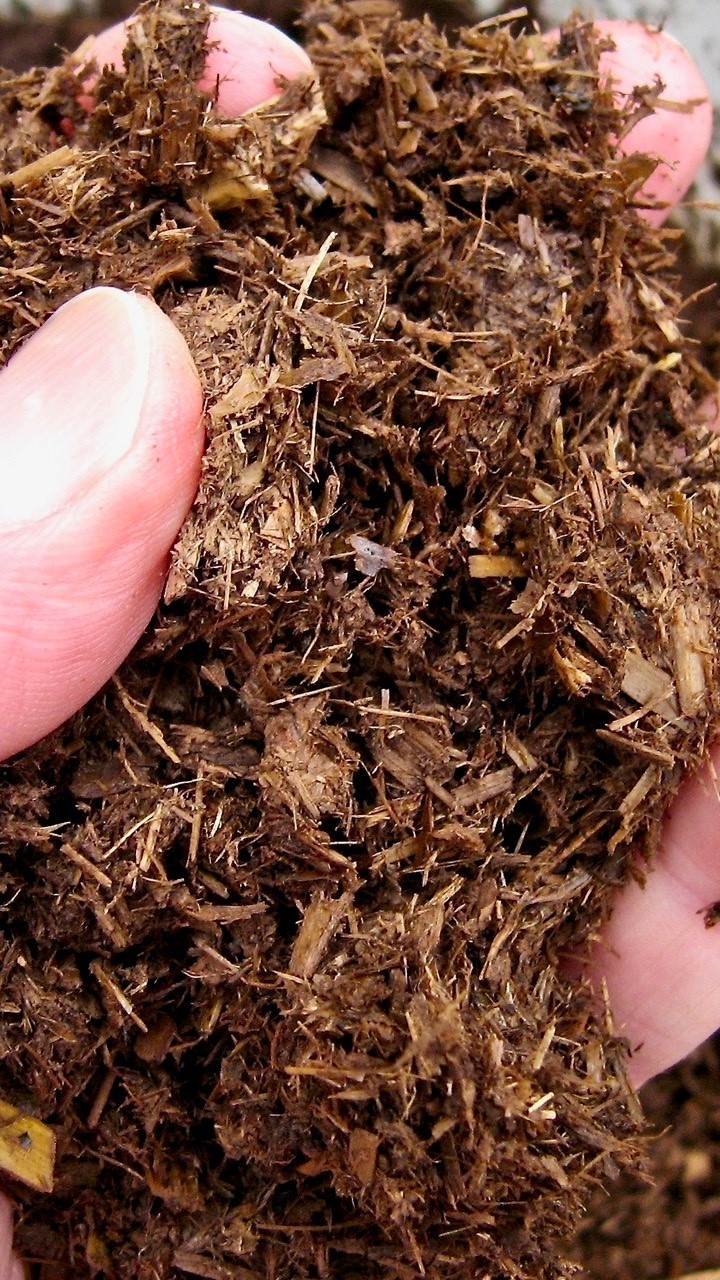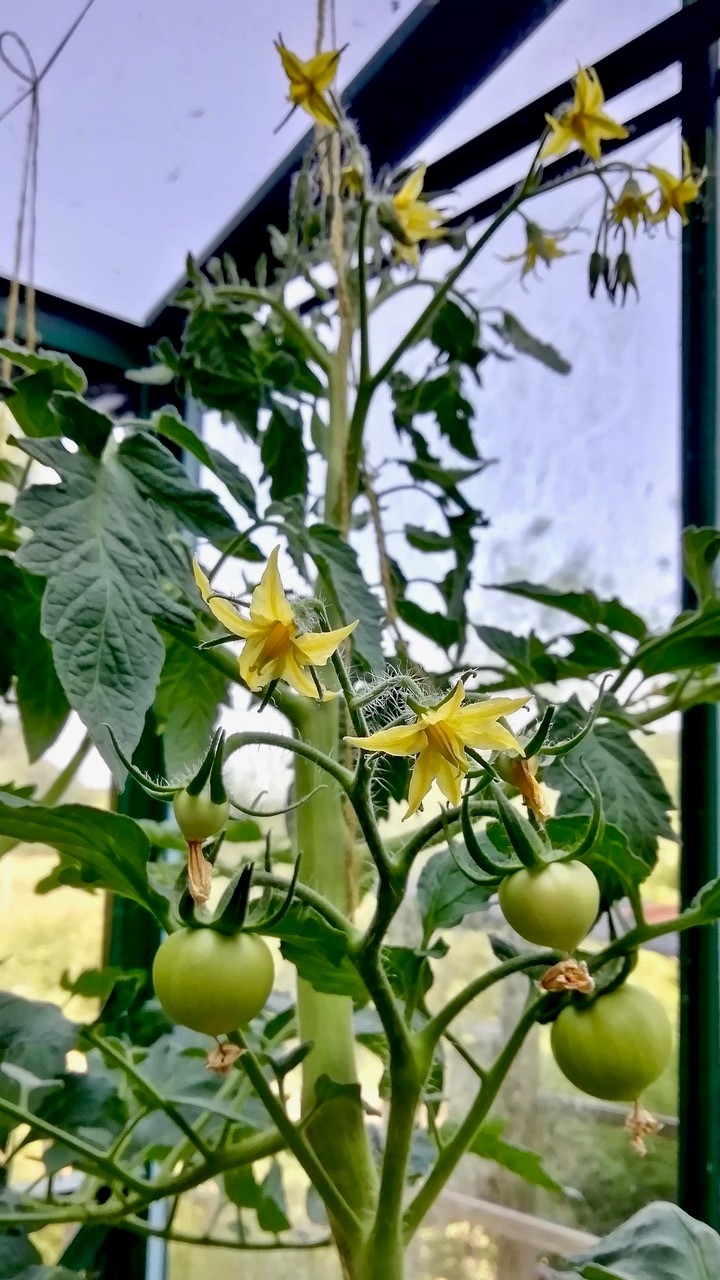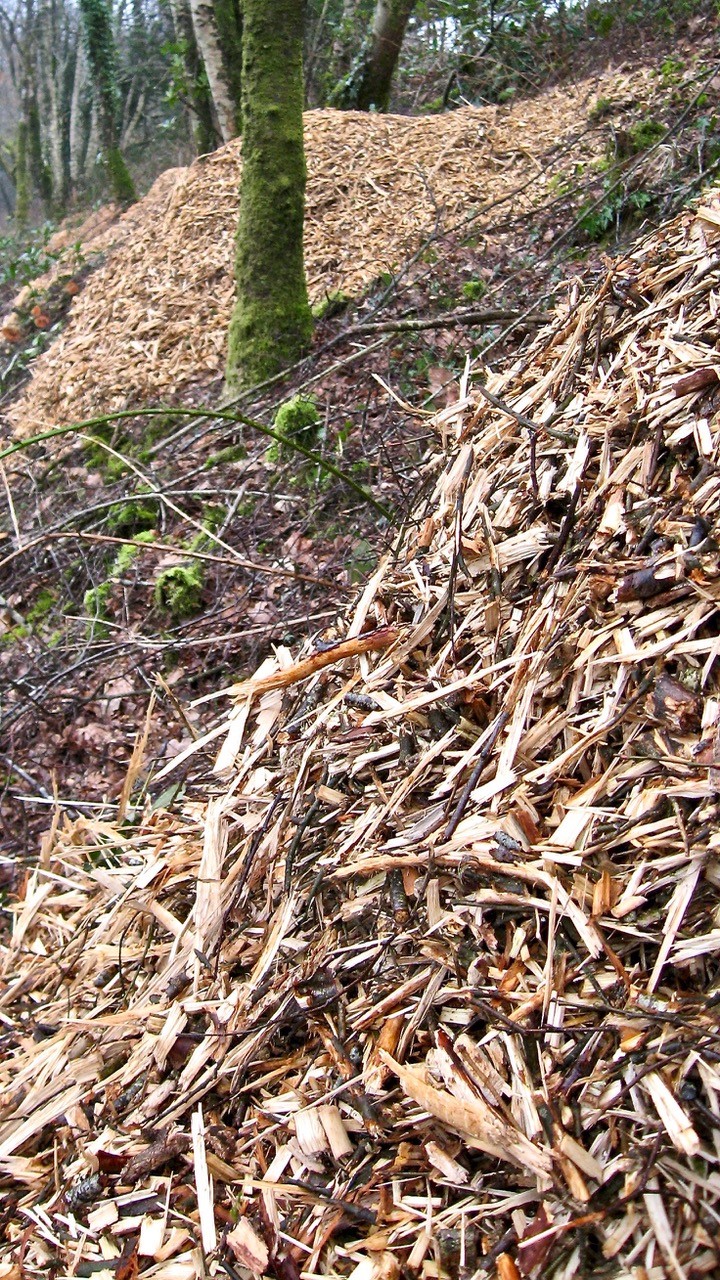A green energy byproduct that allows compost to be revitalised and reused offers a potential pathway to a future beyond peat.
Out of all the new stuff that’s appeared on the gardening block in the last few years, plant-derived digestate – the fibrous, chopped-up remains of forage maize and other grasses that have been fed to bacteria in anaerobic digesters – shows enormous promise. Especially when, at long last, we’re seeing the beginning of the end of peat use in UK gardening (and eventually, at a foot-dragging pace, in commercial horticulture).

Much of the endless chatter is about just how hard that is going to be (2024 is the date mooted for our gardening to be all-out peat-free) because of a shortage of raw materials (like bark and wood fibre) that actually go into some quality and proven peat-free mixes. It wouldn’t be quite so hard if our gardening and horticulture industries, en masse, had invested less in defending, via myth and misinformation enabled by a supine media, the use of carbon-storing, climate-wrecking peat, and more in a collective race to find its ecologically sustainable successors. Digestate is one of those heirs capable of packing a peat-free punch – but not in the way you might think.
What has struck me repeatedly about digestate in my greenhouse trials is its ability to transform often easily available, low-mileage materials such as leaf mould into a home-made, all-round potting compost that rivals any you can buy. It can also be used as an effective, soil-enriching and good-looking mulch. Digestate is packed with plant nutrients, as is the rancid-smelling liquid that’s squeezed from it (and sold as liquid feed; wear gloves!).
Like so many of the raw ingredients in quality peat-free composts, digestate is a by-product of something else; in this case, it is what’s left once anaerobic bacteria have done their ‘digesting’ job to produce methane gas, which is either burnt to generate ‘green’ electricity or added to our domestic gas supply. Farmers, including organic ones, use digestate to build soil and add nutrients. Where it’s derived solely from plants (rather than being mixed with food waste), it’s suitable for vegan/veganic gardening (which forgoes the use of animal-derived inputs) and is unlikely to be polluted by plastic or glass (still the bane of much compost made from garden waste). It’s clean, pleasant to handle and doesn’t stink.

This year I’ve tested digestate again, by using it to reinvigorate all of the compost I used to grow last year’s greenhouse tomatoes. This sat in pots over winter (a job I was eventually getting to…), some of it becoming dust-dry. When I knocked the old compost out in spring, I broke down hard lumps and took out any remaining bits of rotted tomato roots. Mixing on a (plastic-free) cotton sheet, I thoroughly blended around two-thirds old compost with one-third digestate (50 litres from RocketGro, £13 including delivery), plus a bucketful of vintage leaf mould to kick-start the microbial party. That was it.
My toms are romping away: deep green, strong, and decked with trusses of flowers and swelling fruits. I’ve had similar results mixing digestate 50:50 with aged leaf mould (and nothing else). I’m impressed by digestate’s innate ability to reboot, recharge and revitalise pre-used compost, especially that which has already been worked over by the roots of hungry crops – so that it’s fit and ready to go around again.
The next test is to see if, reinvigorated by adding digestate, the same compost can be used to grow great plants for three, four, five – or more – years in a row (bar any serious disease outbreaks). If the answer is yes, then we have one can-do-now solution that could help to ease our inevitably bumpy transition to 100% peat-free gardening.
If we can keep the compost we already have going, aided by the alchemy of digestate, for several growing seasons, we’ll be reducing overall demand for stocks of fresh peat-free compost. This won’t be something compost manufacturers will cheer, but it could help take the pressure off, by leaving the quality peat-frees for those with less experience and/or without the resources to mix their own, or reboot compost they already have.
For those eager to have a go at the reinvigoration game, we need simple, straightforward recipes. A 50:50 mix of digestate and mature leaf mould, or two-thirds used compost to one-third digestate, is proving about right here; experienced gardeners can tweak away. If you have unused dregs of compost loitering in bags, you can bung them into the blend, too. We need these guiding recipes printed on bags of digestate, and for it to be actively marketed as a reliable, peat-free fuel for both making your own fresh potting mixes and for rejuvenating already-used compost. It would also be good to see gardening organisations launching long-term trials to investigate the best materials and techniques that we can all use to keep our potting compost going round and round and round our greenhouses and gardens.

As often with magic, digestate has a dark side. Anaerobic digesters rely on a continuous and consistent supply of raw materials, which must inevitably be grown as large monocultures – think fields full of serried rows of forage maize as far as the eye can see – which can have negative effects on soil health, and increase erosion if fields are left bare in winter. River pollution, both from washed-away soil and ‘leaks’ from digesters, is a growing concern. Monocultures don’t do much for wild things, either. So here’s an idea.
How about if compost manufacturers learned a trick or two from digestate, and explored producing their own, gardening-focused, ecologically sustainable and renewable successor to peat? What we’re essentially talking about here is fermenting chopped-up bits of plant to produce useful, energy-giving methane gas. Could plants other than grasses (maize is a grass) be feasted on by bacteria, pump out their useful gas, and then be sold – local to where most gardening happens, in our towns and cities – as a potting compost-boosting, soil-building digestate? Answer: almost certainly yes.
Could those plants be the ones collected in garden waste wheelie bins, or the soft and sappy brash currently chipped into heaps and left as food for fungi on our roadsides (and easily collected in trucks)? Could suitable, fast-growing plants (think willow pollards) be grown along our roads and in our public spaces – parks, even – where they could help to alleviate urban flash-flooding, and then be harvested, chopped up and fed to ravenous bacteria? Could those with land be encouraged to become ‘carbon farmers’ by planting fast-growing woody plants (think hazel coppice) that suck carbon from the air and lock it into their shoots – which could then be chopped up, digested, and go on to enrich local gardens?
Could we not make this magic mixer, just for us?
Text and images © John Walker
Find John on Twitter @earthFgardener










